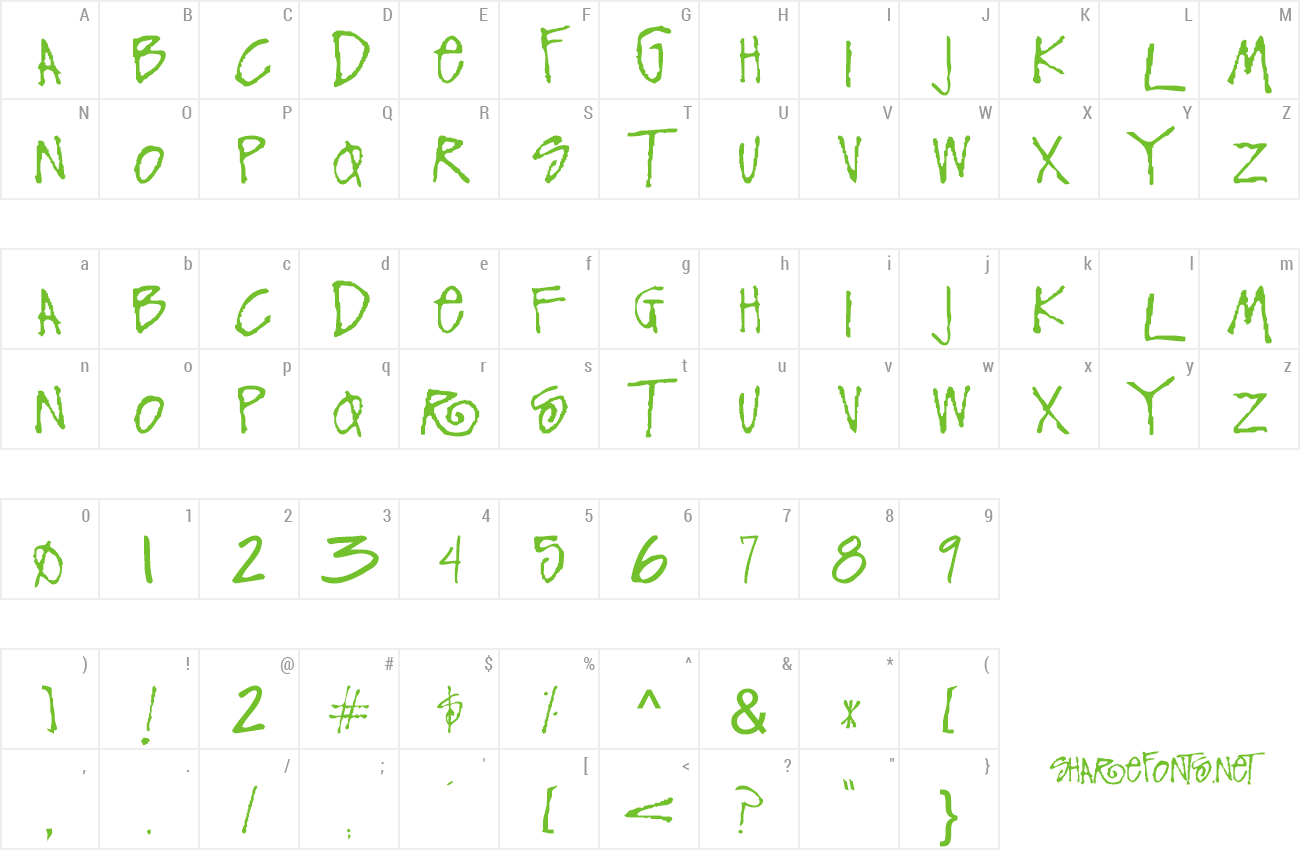

It’s probably the most artistic font that’s still professional enough to use on your resume.Modern fonts aren’t new at all. This has style and panache, yet it is still readable. If you’re tight on space, this sans serif is modern and still legible even in its narrow form. Trebuchet MSįriendly and round, this is probably a good choice for creative or marketing fields.

Book AntiquaĪs its name suggests, Book Antiqua would work well for professions in the arts or humanities. More graceful than some of its sans serif friends, Garamond might suit artistic types more than bankers or executives. It’s not as formal as Times New Roman, but it's just as dependable. This is another default-type font that recruiters are familiar with, so you can’t go too wrong with it. Like Arial, this is another clean and modern font that’s even easier to read because of the slightly wider spacing. This classic sans serif font “is a great choice for creative people or those in a marketing field,” according to Augustine. “For legal, operations and corporate jobs, this formal serif font is still readable electronically and goes with the brick-and-mortar feel of those industries,” says Augustine. Soft, gentle and modern, this is the default font of many email programs, so it’s familiar to the eye-and it’s a safe sans serif font. Augustine says you can still have some style, as long as you stay with one of these 10 resume-friendly fonts, ranked in order of preference. However, with so much being made of “ personal brand,” it’s natural to want to stand out or make a statement. “Because so many recruiters are reading resumes on-the-go,” she says, “you’d also be smart to chose a font that’s easy to read on a mobile device, which means a sans serif font like Arial, Tahoma, or Calibri.” If you want to be extra cautious, Augustine recommends choosing sans serif. A serif font has small lines that stick out slightly at the edges of letters a sans serif font does not. “The most important thing is that your font is scannable and easy to read,” says Amanda Augustine, career advice expert for TopResume.Īs such, your best bet is sticking with one of two types of resume fonts that are extremely legible: serif or sans serif. So what’s a surefire way you can hold a recruiter’s attention for those six precious and precarious seconds? If a recruiter can’t read your words, or is put off by a funky font, you won’t even get a second look. Recruiters take six seconds to decide whether or not to toss your resume, so the right resume font and resume font size make a big difference. Your resume, which communicates your skills, assets, and hire-ability, also needs to project professionalism.

Among the many likely reasons he used a quill and ink, Jefferson (probably) knew that when people evaluate a document’s authority, they look at the design as well as the content itself. Had crayons been invented in 1776, do you think Thomas Jefferson would’ve considered using them to write the Declaration of Independence? Probably not. When it comes to official paperwork, appearance-specifically, the font-can go a long way in projecting significance. That's why it's important to determine the best font for resume readability. Would you ever sign a lease that was handwritten in crayon? How about a contract that was put together ransom-note style? Unless you enjoy playing with fire, we’re going to guess your answers are “no” and “no.” In fact, we’ll bet you wouldn’t even bother to read them. A professional font will improve your odds of getting seen.


 0 kommentar(er)
0 kommentar(er)
